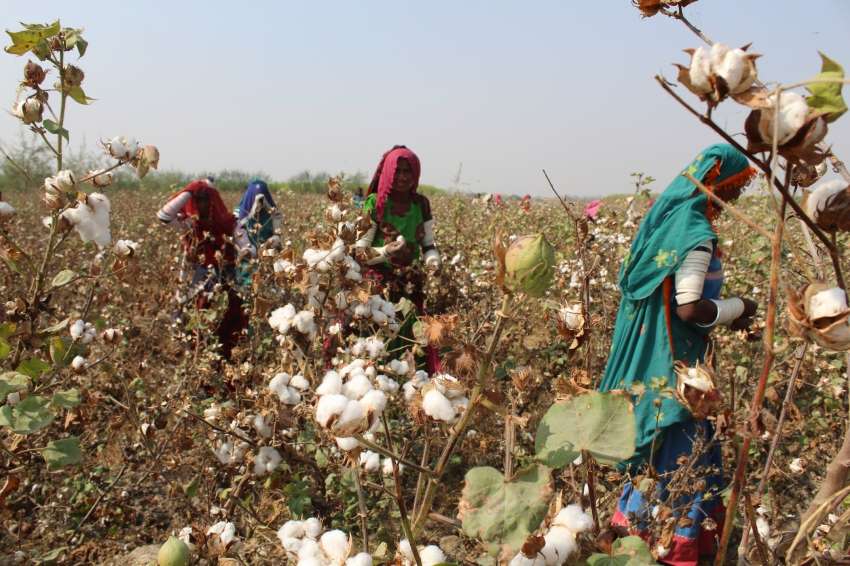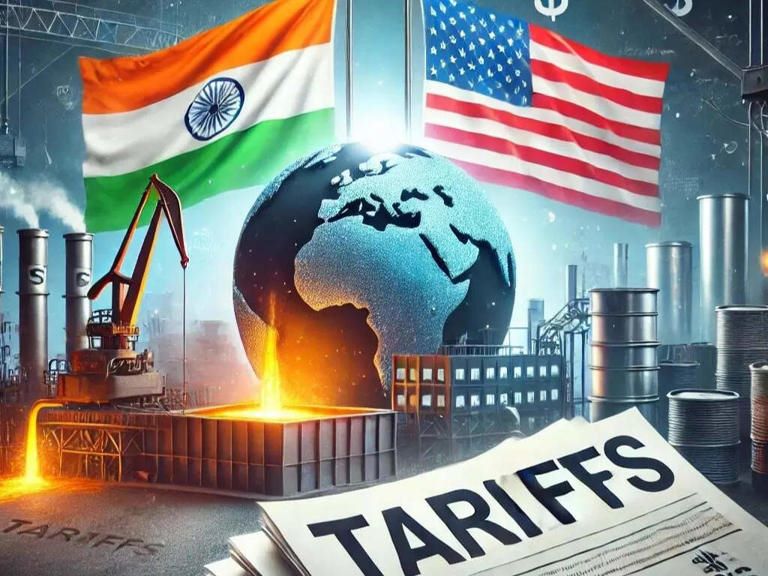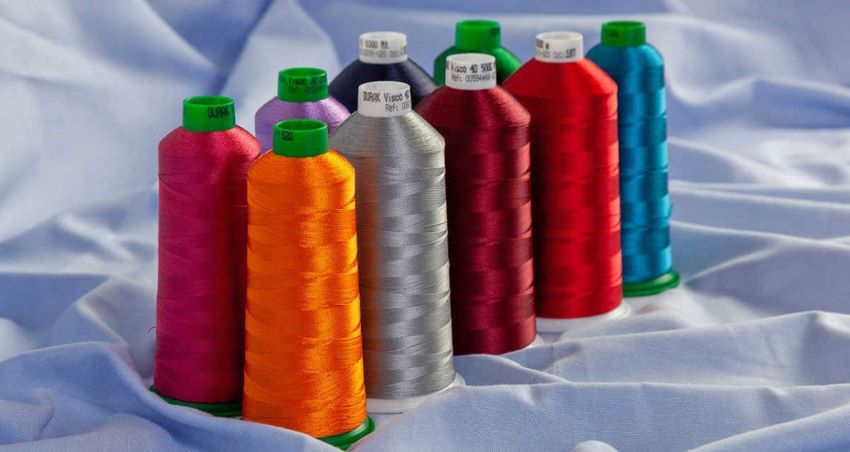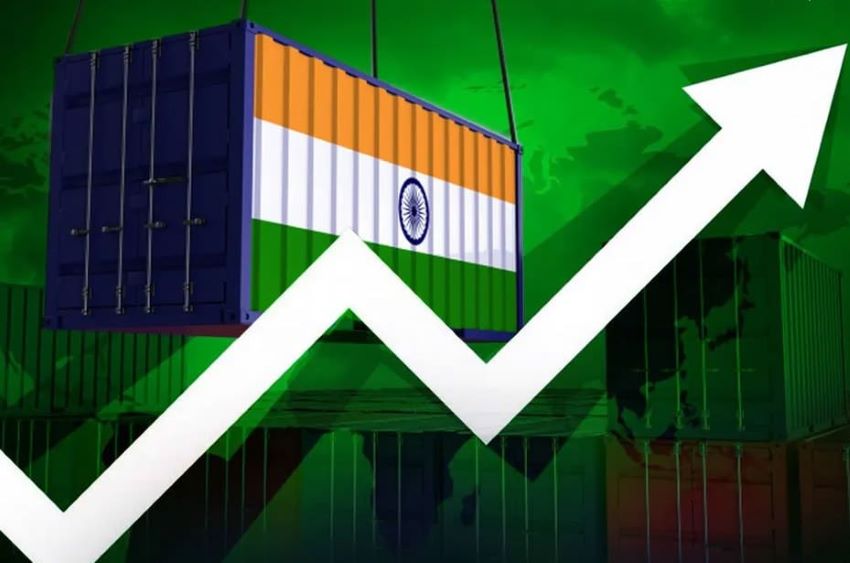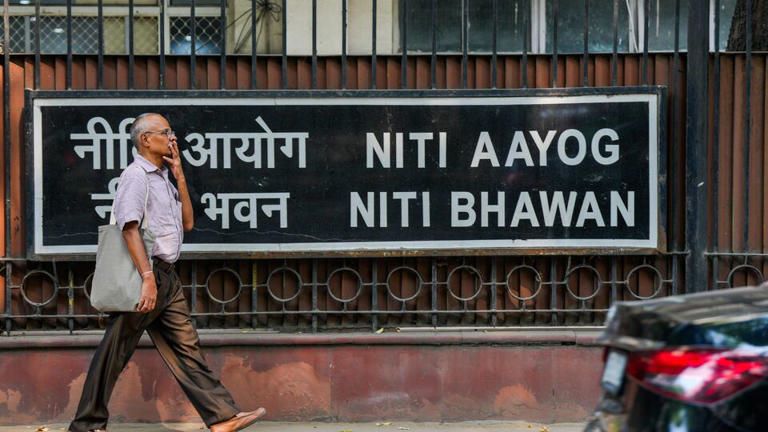
Ongoing political crisis in Europe, Sri Lanka and Pakistan, rising energy and other prices in Russia and other EU countries, and ripple effects from the COVID-19 pandemic, are having a deeper impact on the Indian textile industry, says Seshadri Ramkumar, Professor, Texas Tech University, US. The textile industry in India was in a bind due to rising cotton prices and taking heed the Indian government has slashed import duty on cotton for a specific period effective from April 14 to September 30, 2022. The news was welcome by the industry as they feel the domestic cotton market will now have to offer competitive prices for cotton.
High cotton prices causes 20% drop in production
In past one year, cotton prices had gone up almost 80 per cent which had badly affected the textile industry’s margins. Most firms were finding it tough to pass on the surge in raw material costs to their consumers. Most of India’s cotton cultivation is dependent on monsoon, which is mostly erratic. Gujarat is the country’s largest producer of cotton, with Maharashtra, Punjab, Haryana, Rajasthan, Madhya Pradesh, Andhra Pradesh, Karnataka, Tamil Nadu, and Odisha being the other producers. As per Cotton Association of India, price of ICS-105 variety of cotton in Gujarat was up almost 70 per cent from previous year. As for other varieties, the rise was nearly 80 per cent. The Ministry of Agriculture has estimated that cotton production will dip by over 3 per cent in the 2021-22 crop year.
The rise in cotton prices created havoc in Indian textiles sector with production declining and work in mills reducing each day. The political crisis in Sri Lanka has led to the diversion of many apparel orders to Tiruppur. However, the high cotton price in India complicated the situation, said Velmurugan Shanmugam, General Manager, Jayalakshmi Textiles.
Mills demand slash in import duty
With weavers unwilling to pay higher prices for cotton yarn, production in many Indian mills dropped by 20 per cent resulting in loses, Shanmugam explains. The present situation is worse than 2011 when cotton prices were steeper, he adds further. In fact, the past 15 months witnessed companies failing to meet advance order commitments, which is reflecting on their cash flow. Moreover, the garment industry is ruled by MSMEs which are incapable of bearing the burden of high input costs. To help MSMEs cope with liquidity problems, exporters reached out to the Finance Minister, seeking a hike in individual loan limit by up to 20 per cent under the Emergency Credit Line Guarantee Scheme (ECLGS). Textile mills had been urging the government to slash 11 per cent import duty on cotton to help create a level playing field with competing countries like Bangladesh, Vietnam, and Indonesia.
Efficient management, government support required
Rise in prices, and political crisis in some parts of the world has been affecting Indian millers and apparel makers. With reduced crop size in the US and other markets, global cotton prices have been up from 85 cents per pound during the previous season to 120 cents/pound during the cotton season of 2021-22.
Consumers are also concerned about the rising energy cost due to probable embargo on Russian gas and oil by EU countries. They are witnessing the ripple effects of the pandemic in Sri Lanka whose economy has collapsed due to mismanagement for over a decade and heavy foreign debts. Political crisis in Pakistan and Europe due to Russian invasion of Ukraine is further adding to the industry’s woes.
To navigate through this situation, the global textile sector needs to maintain their stock carefully, urge for adequate government support, manage workflow efficient and monitor global situation carefully, Sheshadri sums up.


